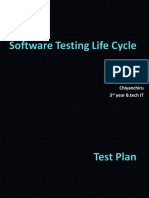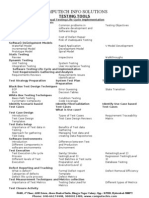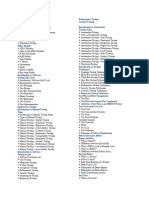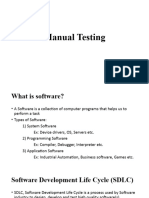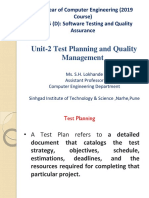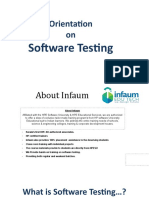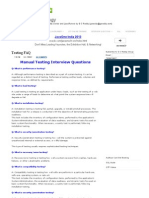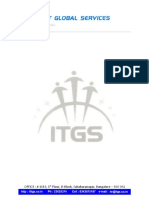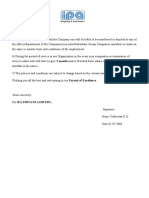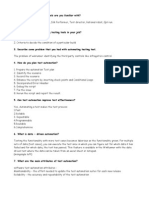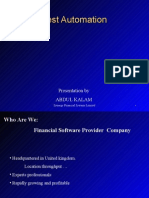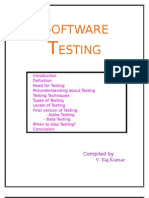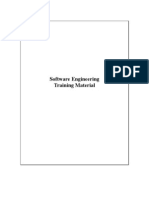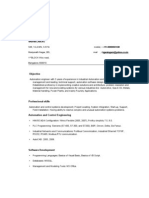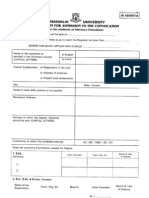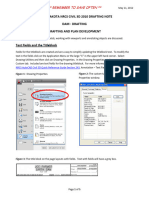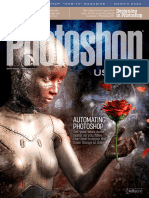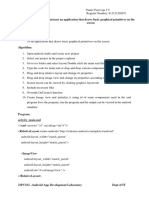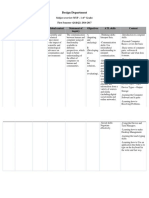Software testing Concepts
Manual Testing:
1. Testing Overview
2. General overview of SDLC (Software development life cycle) and QALC
(Quality assurance life cycle):
a. Role of QA during the course of SDLC.
b. Role of QA during the course of QALC.
3. Software testing topics
3.1 Scope
3.2 Functional vs non-functional testing
3.3 Defects and failures
3.4 Finding faults early
3.5 Compatibility
3.6 Input combinations and preconditions
3.7 Static vs. dynamic testing
3.8 Software verification and validation
3.9 The software testing team
3.10 Software quality assurance (SQA)
4. Test Strategy
4.1 Master test plan preparation
4.1.1 Unit Test Plan/Unit Test Cases
4.1.2 Functional Test Plan/Functional Test Cases
4.1.3 System Test Plan/Test Cases
5. Testing methods
o 5.1 The box approach
5.1.1 White box testing
5.1.2 Black box testing
5.1.3 Grey box testing
6 Testing levels
o 6.1 Unit testing
o 6.2 Integration testing
o 6.3 System testing
o 6.4 System integration testing
o 6.5 Regression testing
o 6.6 Acceptance testing
o 6.7 Alpha testing
o 6.8 Beta testing
Page 1 of 10
� 7. Non-functional testing
o 7.1 Software performance testing and load testing
o 7.2 Stability testing
o 7.3 Usability testing
o 7.4 Security testing
o 7.5 Internationalization and localization
o 7.6 Destructive testing
8.The testing process
o 8.1 Traditional CMMI or waterfall development model
o 8.2 Agile or Extreme development model
o 8.3 A sample testing cycle
9. Automated testing concepts
10. Testing artifacts
11. Certifications
Automation Testing:
HP Load Runner Course Content
Components of load Runner
Load Genetation Setup Using Load Genetator Machines
Load runner vuser types
The Load Runner Testing Process
Creating The vuser scripts
Creating a Scenario Using Loadrunner Controller
Running a Scenario
Planning a Goal-Oriented Scenario
Page 2 of 10
� Defining Scenario Goals
Configuring Load Generators
The Scenario Scheduler at a Glance
Group Schedule Settings
Collating Execution Results
Load runner Analysis
HP WinnRunner Course Content
Introducing WinRunner
The Benefits of Automated Testing
Understanding the Testing Process
Exploring the WinRunner Window
Setting Up the GUI Map
How Does WinRunner Identify GUI Objects?
Spying on GUI Objects
Choosing a GUI Map Mode
Using the RapidTest Script Wizard
Recording Tests.
Choosing a Record Mode.
Recording a Context Sensitive Test .
Recording in Analog Mode
Running the Test
Analyzing Test Results
Page 3 of 10
�Recording Tips
Synchronizing Tests.
When Should You Synchronize?.
Creating a Test .
Checking GUI Objects
How Do You Check GUI Objects?
Adding GUI Checkpoints to a Test Script
Running the Test
Running the Test on a New Version.
GUI Checkpoint Tips
Checking Bitmaps
How Do You Check a Bitmap?
Adding Bitmap Checkpoints to a Test Script
Viewing Expected Results.
Running the Test on a New Version
Bitmap Checkpoint Tips.
Programming Tests with TSL.
How Do You Program Tests with TSL?.
Recording a Basic Test Script
Using the Function Generator to Insert Functions.
Adding Logic to the Test Script.
Page 4 of 10
�Understanding tl_step.
Debugging the Test Script
Running the Test on a New Version
Creating Data-Driven Tests.
How Do You Create Data-Driven Tests?
Converting Your Test to a Data-Driven Test
Adding Data to the Data Table .
Adjusting the Script with Regular Expressions
Customizing the Results Information
Running the Test and Analyzing Results
Data-Driven Testing
Reading Text
How Do You Read Text from an Application?
Reading Text from an Application
Teaching Fonts to WinRunner.
Verifying Text..
Running the Test on a New Version
Text Checkpoint Tips.
Creating Batch Tests
What is a Batch Test?
Programming a Batch Test
Running the Batch Test on Version 1B
Page 5 of 10
�Analyzing the Batch Test Results
Batch Test Tips.
Maintaining Your Test Scripts
What Happens When the User Interface Changes?
Editing Object Descriptions in the GUI Map
Adding GUI Objects to the GUI Map
Updating the GUI Map with the Run Wizard
HP Quality Center Course Content
Introducing Quality Center
The Quality Center Testing Process
Starting Quality Center
The Quality Center Window.
The Mercury Tours Sample Web Site
Specifying Testing Requirements
Defining Requirements
Viewing Requirements
Modifying Requirements
Converting Requirements
Planning Tests
Developing a Test Plan Tree
Designing Test Steps.
Page 6 of 10
�Copying Test Steps
Calling Tests with Parameters
Creating and Viewing Requirements Coverage
Generating Automated Test Scripts
Running Tests
Defining Test Sets
Adding Tests to a Test Set..
Scheduling Test Runs
Running Tests Manually
Running Tests Automatically
Adding and Tracking Defects.
How to Track Defects
Adding New Defects
Matching Defects
Updating Defects
Mailing Defects.
Associating Defects with Tests
Creating Favorite Views
HP Silk Test Course Content
Page 7 of 10
� Introducing SilkTest
The Benefits of Automated Testing .
Understanding SilkTest Basics .
SilkTest Features
Understanding the Testing Methodology
SilkTest File Types
Exploring the SilkTest Window
Using SilkTest with Web Applications
Preparing to Use
Setting up to Test Web Applications
Becoming Familiar with the Web Application Under Test
Setting Up to Test Client/Server Applications.
Becoming Familiar with the Client/Server Application
Under Test.
Planning a Testing
Strategy
What is a SilkTest Testplan?
Understanding the SilkTest Testplan Editor
Creating a Testplan .
Defining and Associating Attributes
Capturing Your
Page 8 of 10
�Application
The Test Frame
Creating a Test Frame
The Window Declaration
Windows that Precede the Main Window
Tags and Identifiers .
Creating Test cases
Guidelines for Creating Test cases
Recording a Test case
Linking Scripts and Test cases to a Test plan
Recording from a Test plan
Exploring the Connections: Test plans, Scripts and Test cases
Examining the Structure of a 4Test
Statement
Understanding How the Recovery System Works
.Running Test cases
Options for Running Test cases from a Test plan
Running a Single Test case from a Test plan .
Running All Test cases in a Test plan
Running Marked Tests in a Test plan
Reviewing and
Page 9 of 10
�Reporting Test Results
The Results File
Exploring Results
Introducing an Error in a Test case
Viewing an Error in a Test case
Using the Difference Viewer
Generating Pass/Fail Reports
Chapter 8 Testing Databases
Overview of DB Tester
Running the Sample Test case
Switching from the Access database to the text database
Restoring the Sample Database
HP Quick Test Professional (QTP) Course Content
Introduction to Automation
Architecture of Functional Automation Tools
Record & Play
Modes of Recording
Object Repository (Types)
Repository Manager (ORM) & Merging of OR
Object Identification
Actions
Data Driver
Checkpoints
Output Values
Synchronization Points
Regular Expressions
Recovery Scenario
Function Libraries
QC & QTP connectivity
QTP Frame Work
VB Scripting
Page 10 of 10











